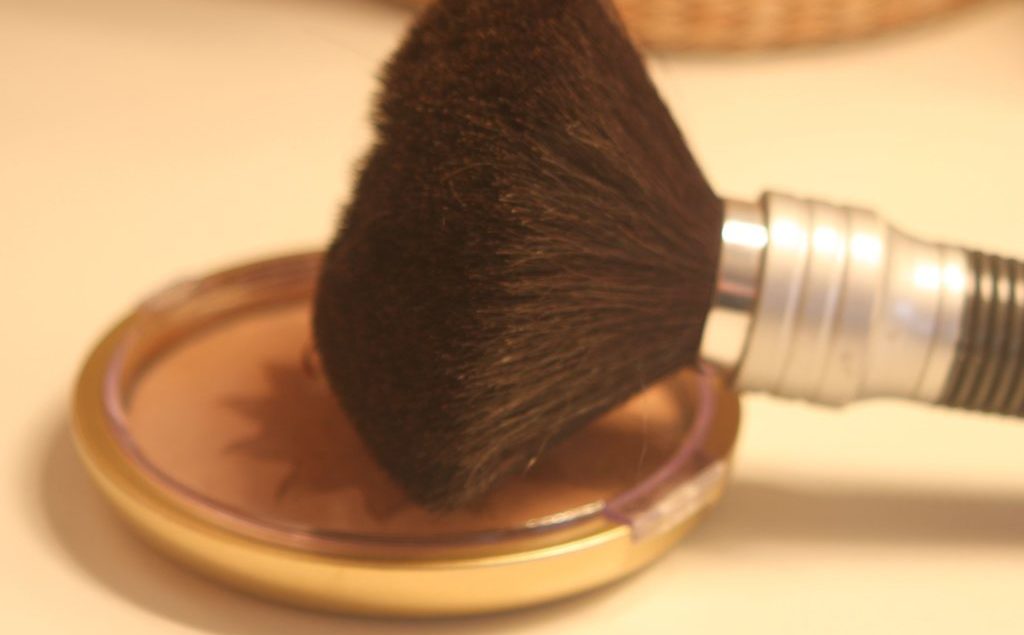Which Skin Foundation Is Right For You

Unless you’ve been blessed with flawless skin, foundation of some shape or form is likely a part of your daily make-up routine. Our cover-ups come in many forms and it might seem like it’s a random choice which one to select – they all do the same thing, right? Essentially, yes, but the coverage and benefits (and drawbacks) of different types of foundations change based on the form it comes in, how it’s applied, and what other characteristics and ingredients your product features. Some of this is personal preference, but it’s important to pay attention to the needs of your skin type to make the right choice.

Liquid is one of the most popular forms because it’s easy to apply and understand, plus most brands make a liquid foundation. Formulas can be oil- or water-based and come in a container that should be shaken before application. It can be applied all over, usually provides full coverage, and acts either as a base for powder, has a ‘powder finish’, or is meant to be worn alone. It’s good for dry or combination skin and often comes with hydrating benefits.
If you’re looking for hydration, especially now that autumn is here, a gel-based formula might be for you. It is designed for dry skin with excellent staying power. The Gel Foundation in Paul and Joe cosmetics and make up line provides even, full coverage, that lasts while moisturizing with its water-based gel formula. It contains a powder that tones, and skin looks pore-less with a flawless finish. It’s recommended to first apply a make-up base to further enhance effects, but it’s not necessary.
Pressed powder foundation is a classic format that can be thrown into your hand bag for touch-ups. It’s applied with a sponge pad and is best for oilier skin due to its dry powder formulation. Powder also tends to settle in fine lines, so it’s good for lighter coverage and touch-ups on mature skin.
Foundation sticks are solid tubes of creamy coverage that can be applied and blended all over, or easily used to target specific areas that need additional layers. They’re great for touch ups, too. If you’re a fan of tinted moisturizer, once applied, a foundation stick can then be used to target problem areas only. If you don’t have a contouring kit, foundation sticks in various shades can be used to draw the appropriate shapes.
Powders – loose and pressed – fall into the coverage category and are often used in conjunction with liquid or gel foundation, but they can also be used alone for lighter coverage. Loose powders are good for setting make-up while pressed powders are more the main event.
Tinted Moisturizers provide the lightest version of coverage and aren’t quite a full foundation. They can be used as the base level of your regimen, applied in conjunction with powders, concealers, or spot foundation applications, or worn on their own if your skin is clear and just needs some hydration and evening out. BB Cream (beauty balm or blemish balm) and CC Cream (colour correcting) fall under this category but are more focused on clearing and evening out skin.
Look for foundation or cover-up that is suited to your skin type. If it doesn’t say on the label or product description, it’s best to ask or move on. Sun protection is a good characteristic to look for if you are not wearing a moisturizer that already contains it. If you don’t like the consistency of a foundation with SPF, then find a lightweight moisturizer with it to prevent sun damage and other skin conditions.

